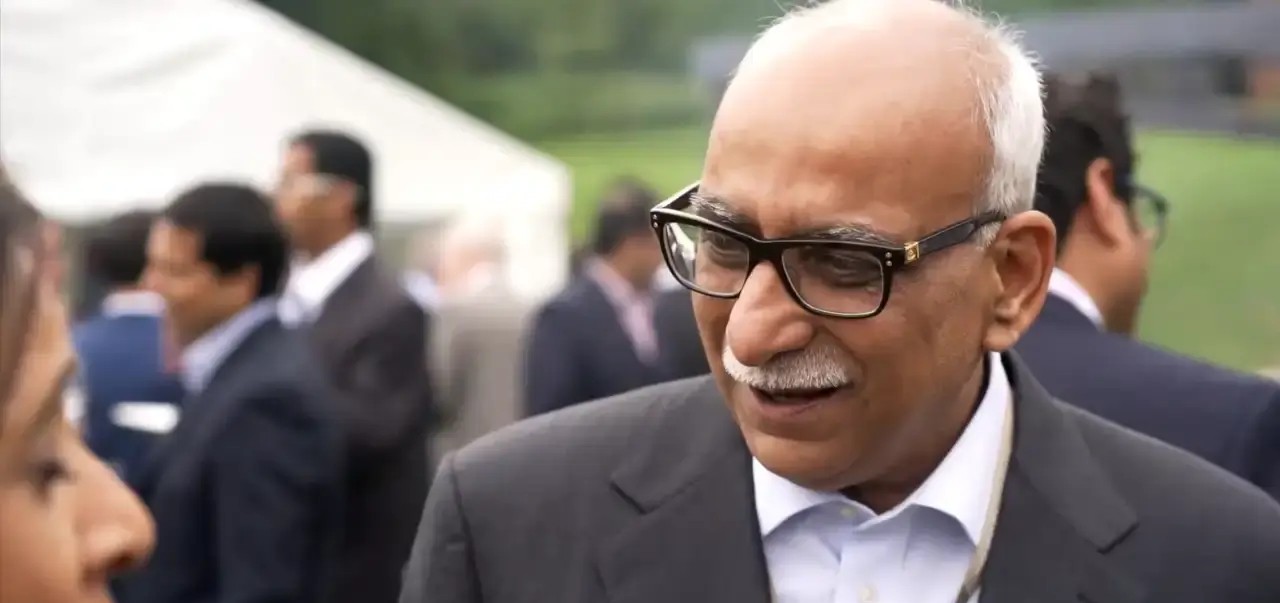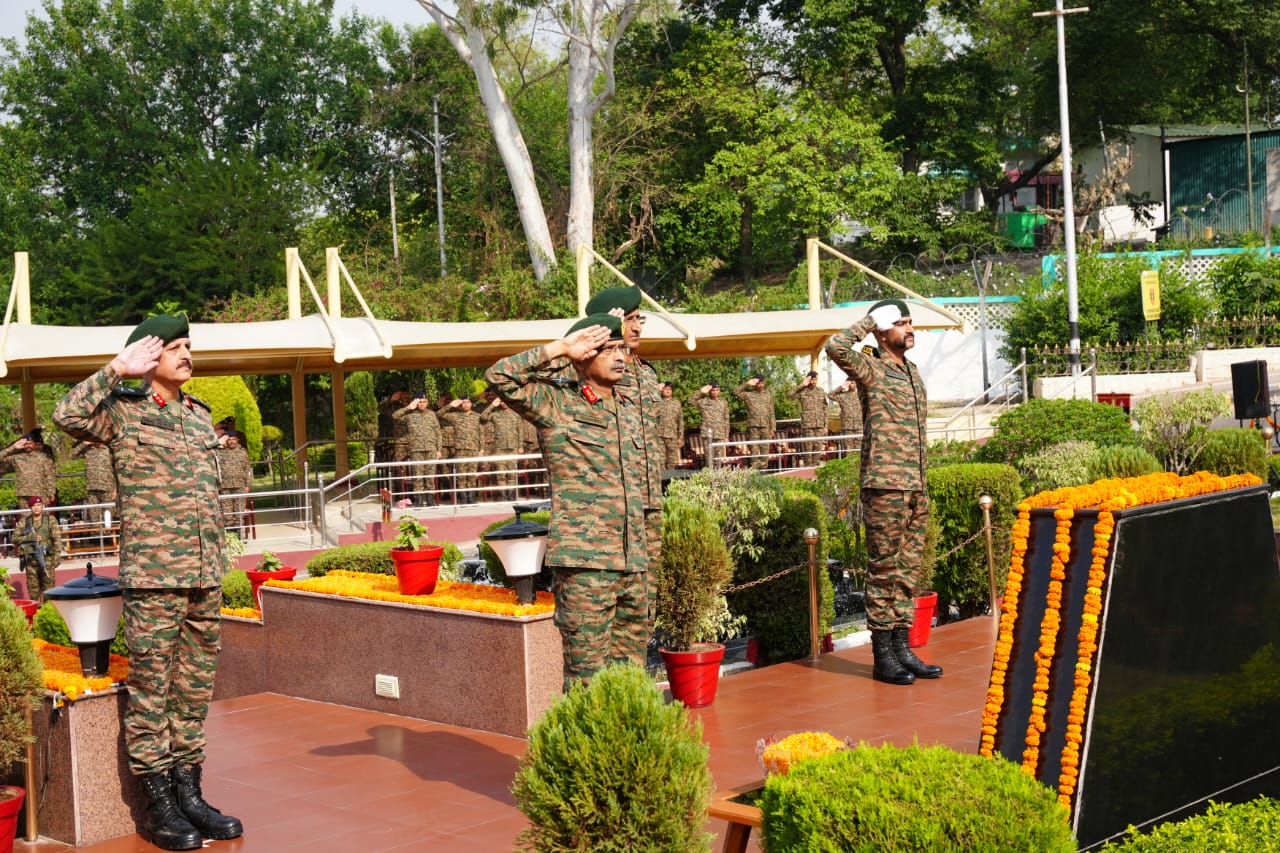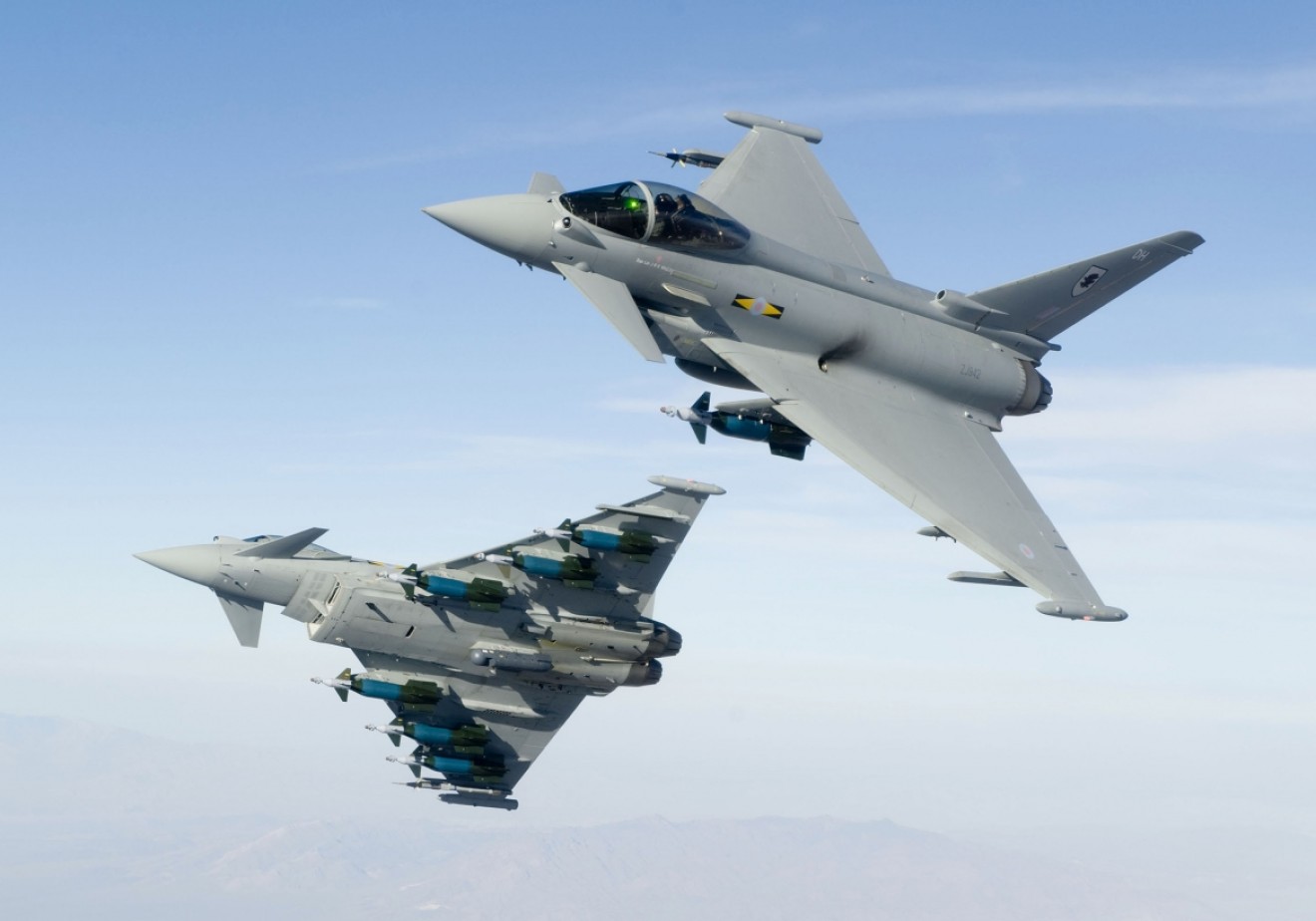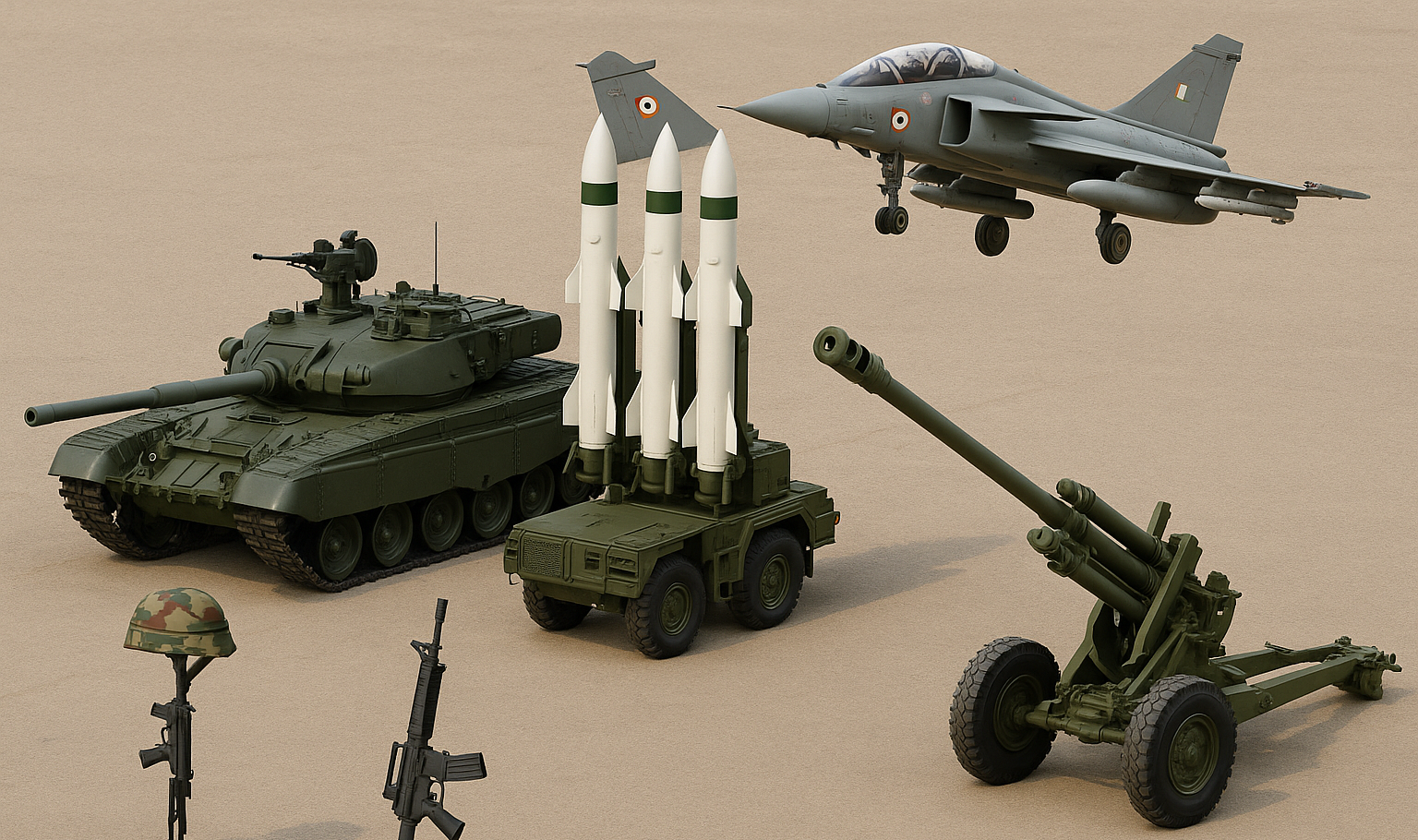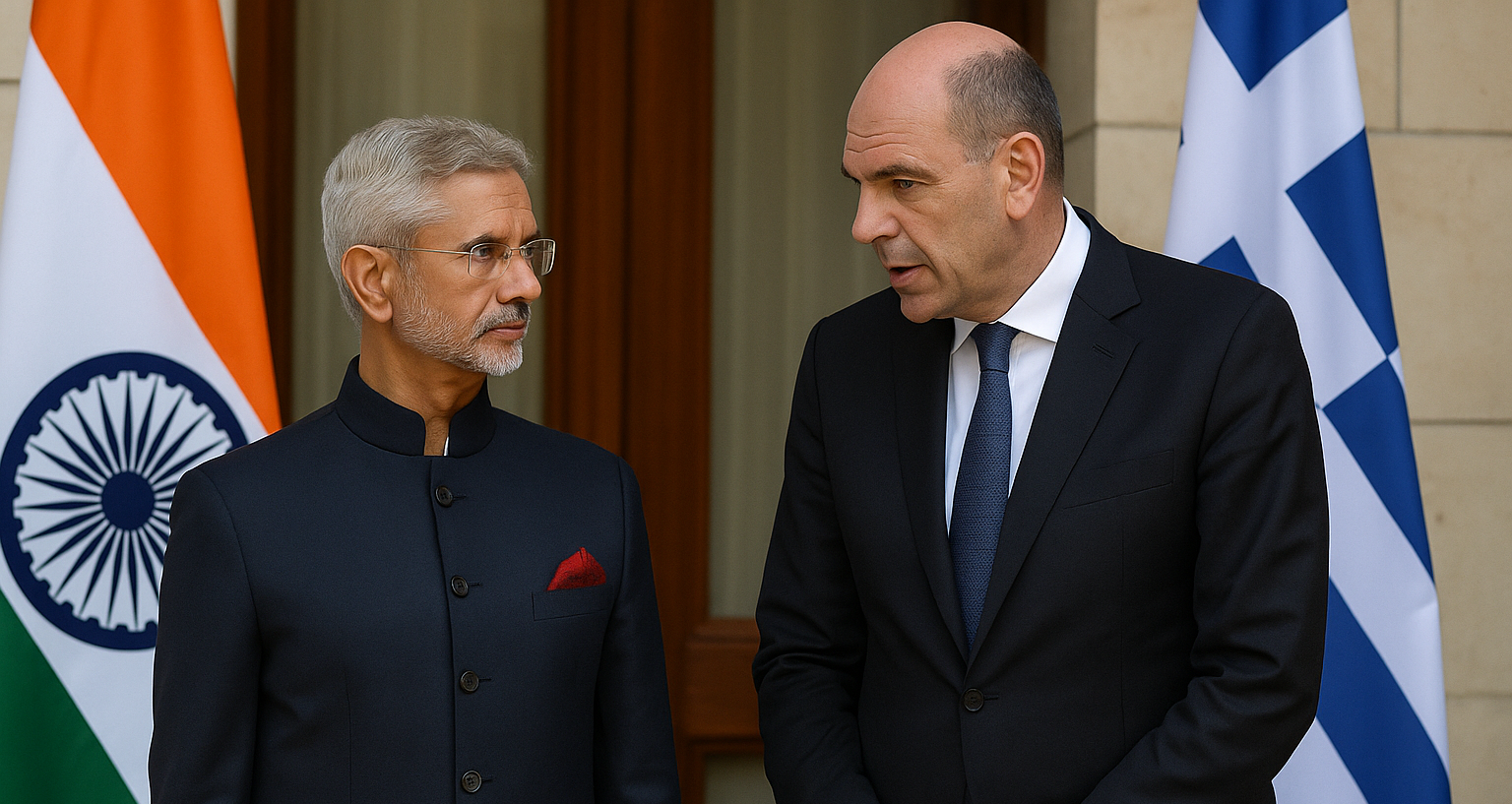Ex-R&AW Chief Alok Joshi Appointed Chairman of National Security Advisory Board As Government Revamps The Body
In a strategic reshuffle of one of India's key advisory bodies, the government has reconstituted the National Security Advisory Board…
CDS 1 2025 Result Out Now – 8516 Cleared the Exam
The Union Public Service Commission (UPSC) has officially released the results for the Combined Defence Services (CDS) Examination (I) 2025.…
GOC-in-C of Northern Command Lt Gen MV Suchindra Kumar Retires With Giving Tribute to Fallen Heroes at Dhruva War Memorial
In a solemn and dignified ceremony, Lieutenant General MV Suchindra Kumar, General Officer Commanding-in-Chief (GOC-in-C) of the Indian Army's Northern…
UK Joins First Joint Airstrike with US Against Houthis in Yemen
In a significant escalation of Western military involvement in Yemen, the United Kingdom confirmed it carried out joint airstrikes with…
India’s Path to Defence Self-Reliance Strengthens, 90% of Upcoming Orders to Support Domestic Companies says Defence Secretary Rajesh Singh
India is intensifying its efforts to achieve self-reliance in defence manufacturing, aligning with the Aatmanirbhar Bharat initiative. The government has…
Jaishankar, Greek Foreign Minister Discuss Pahalgam Attack; Greece Backs India Against Cross-Border Terrorism
External Affairs Minister Dr. S. Jaishankar held a crucial telephonic discussion with his Greek counterpart, George Gerapetritis, on Tuesday to…

